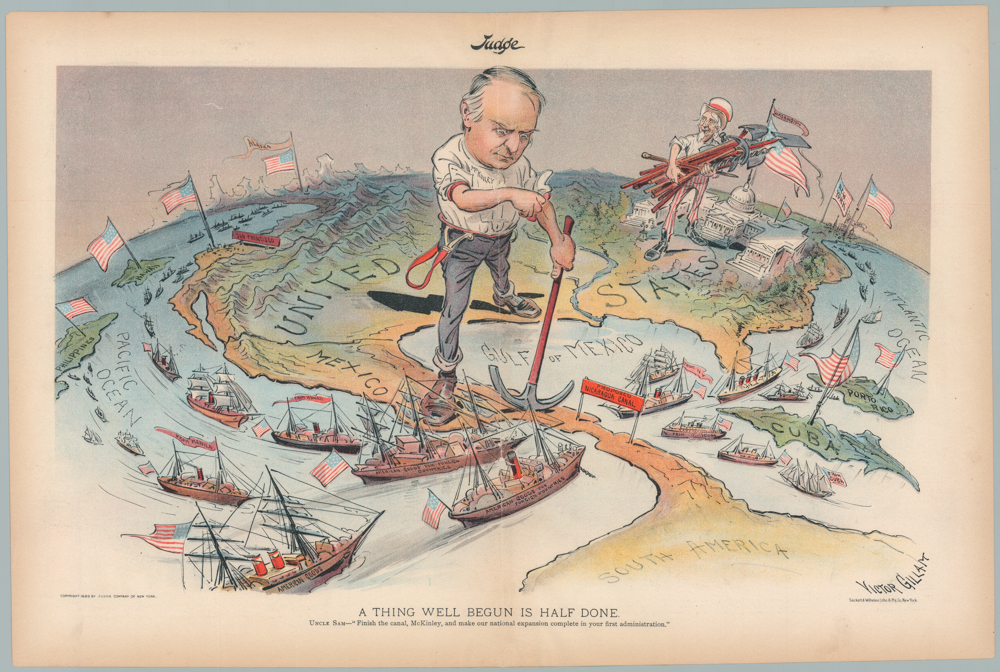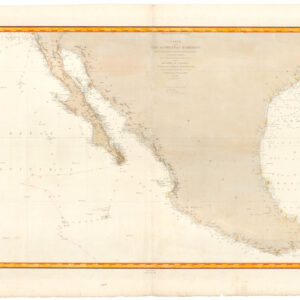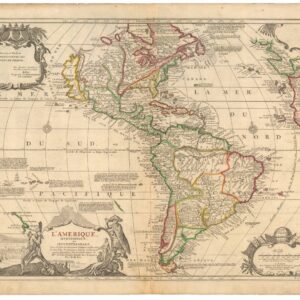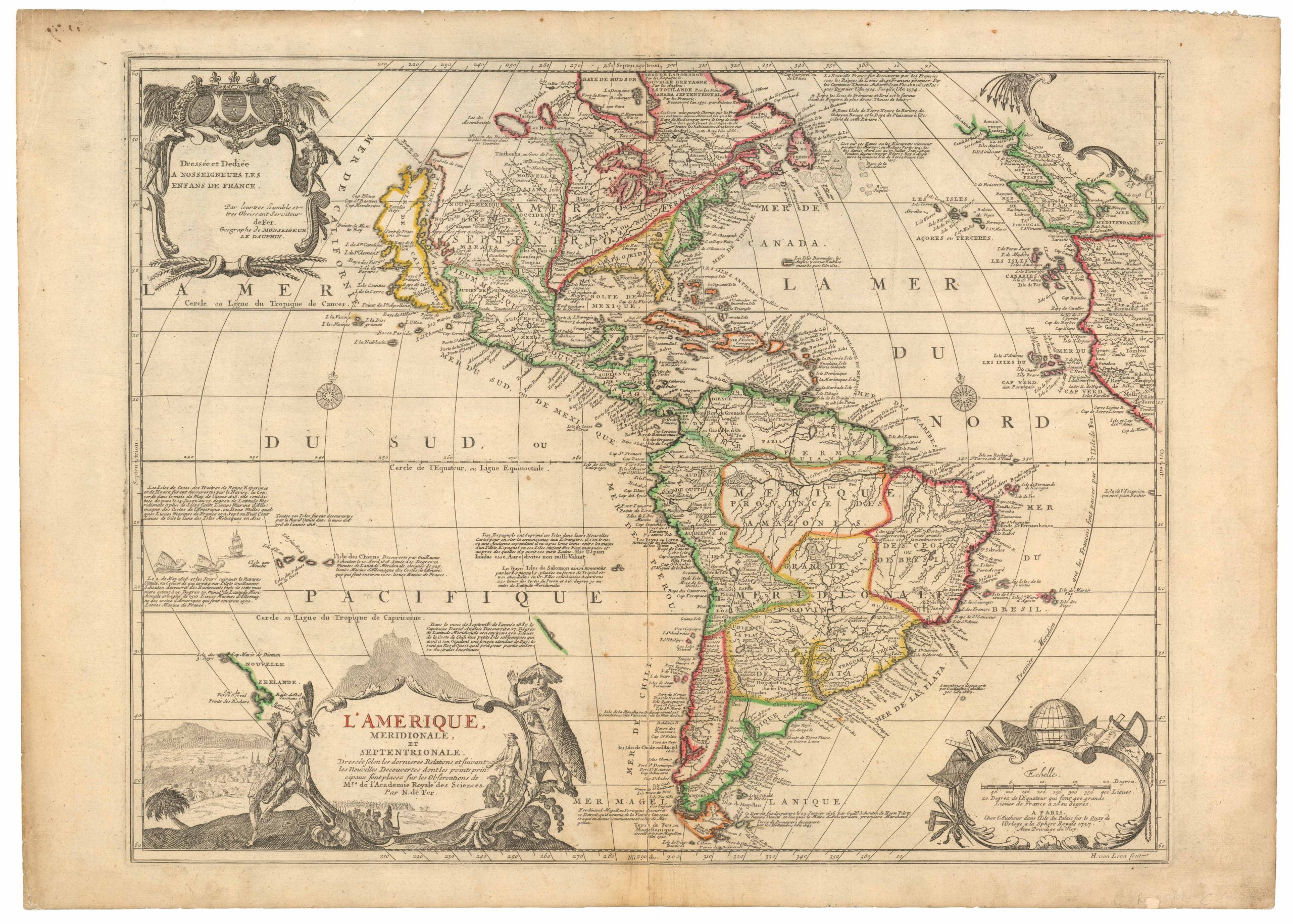Luis Schlappriz’s rare and iconic views of Recife.
Memoria de Pernambuco [Casa de Detencão & Rua da Cruz]
Out of stock
Description
This pair of plates comes from Luis Schlappriz’s rare album of lithographic views, Memoria de Pernambuco, published in 1863. The two prints on offer are Casa de Detencão & Rua da Cruz, both depicting critical historical landmarks in Recife.
Luis Schlappriz’s scenes from Recife are landmark depictions of a newly independent Brazil (1825) by one of Brazil’s first recognized artists. Among the artistic accomplishments of Schlappriz, we also find the first large-scale paintings of Brazil’s imperial family. His most enduring legacy, however, was capturing the ubiquitous practice of slavery, which Brazil was the last country in the Western Hemisphere to prohibit in 1872.
Casa de Detencão:
This monumental complex was originally constructed in the early 1850s as the local prison in Recife. Opening in 1855, the old Detention House of Recife operated uninterrupted for almost 120 years until it was permanently closed in 1973. The 5,000 m2 building was designed by engineer José Mamede Alves Ferreira, who followed the traditional prison security standards in force at the time. Its cruciform plan allowed guards to be concentrated at the back of the administration block. From a balcony extending over the main hall, they could simultaneously monitor all the cells of the three radial floors (inspired by Jeremy Betham’s panopticon).
Today, the building has been converted into the Casa da Cultura de Pernambuco, housing exhibitions, concerts, and other cultural events.
Rua da Cruz:
Rua do Bom Jesus in Recife holds deep historical and cultural significance, tracing its origins back to the 17th century and the early years of Braizl’s colonization. Known under various names, including Rua do Bode, Rua dos Judeus, and Rua da Cruz, the street underwent a remarkable transformation with the Dutch occupation of Pernambuco (1630-1654). Because of the religious freedom in Dutch Brazil, many Jews sought refuge in Pernambuco, where they established a thriving community. Rua da Cruz (then Bockestraat) was home to the first synagogue in the Americas, the Kahal Zur Israel Synagogue, which operated until 1654.
In addition to its Jewish heritage, the street also played a role in the transatlantic slave trade, as it housed a slave market where the enslaved were brought, auctioned, and sold to plantation owners. The presence of the “Arco do Bom Jesus,” a prominent gateway, further underscored the street’s historical importance. After the Dutch were expelled, the Portuguese renamed it Rua da Cruz, a name it retained for over two centuries.
In the 1870s, the street was officially renamed Rua do Bom Jesus in honor of its long history. This street survived a wave of colonial-era building demolitions, followed by a phase of decline in the mid-20th century. In the 1990s, a revitalization effort restored its historic charm, and today, it stands as a symbol of Recife’s rich cultural heritage, featuring a museum on the site of the former synagogue. Recognized as one of the world’s most beautiful streets, its preservation and restoration contribute to the city’s unique urban landscape.
Census
Luis Schlappriz’s collection of views – Memroais de Pernambuco – was published locally in 1863. It has since been issued in replica a number of times. Examples of the original publication are challenging to find, with only a single listing in OCLC (no. 40949690). Individual lithographic prints are equally hard to find and are not listed by the OCLC.
Cartographer(s):
Luis Schlappriz was a Brazilian illustrator and artist known for depicting his home state of Pernambuco.
Condition Description
Trimmed to only include the lithographed image.
References





